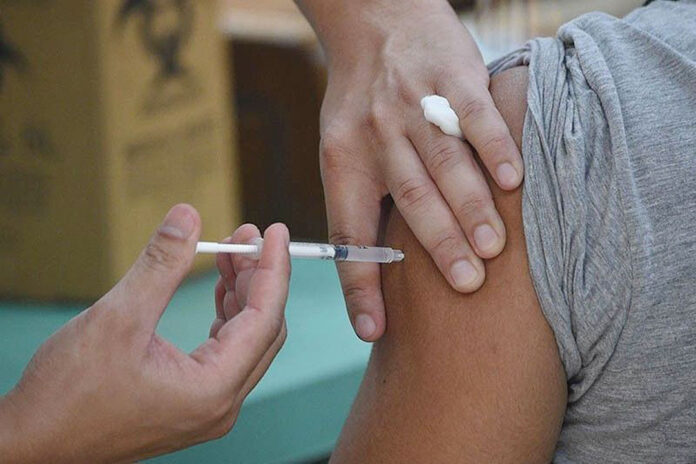THE ECONOMY has the potential to post a solid rebound next year if the government can effectively implement its “more integrated approach” to managing the pandemic, Moody’s Analytics said.
It cited new strategies such as increased vaccine procurement and distribution and focused, “granular” lockdowns instead of a broader quarantine declared over larger areas, it said.
“If executed well, this could finally help an economy that has been very sluggish under the weight of severe and lengthy lockdowns,” Moody’s Analytics Chief Asia Pacific Economist Steven Cochrane said in a note Thursday.
“This new integrated approach creates some upside potential to the pace of recovery but mostly for 2022, since most of this policy shift will not begin until this year’s final quarter,” he added.
Moody’s Analytics in August reduced its gross domestic product (GDP) growth forecast to 4% from 4.9% previously after weighing the impact of the two-week lockdown last month which was accompanied by “limited” government support. This latest estimate falls roughly within the low end of the government’s 4-5% full-year target, which had been downgraded from 6-7% previously.
In a separate report, Nomura Global Markets Research analysts Euben Paracuelles, Charnon Boonuch, and Rangga Cipta also cited the improvement in the vaccination drive and noted that the Philippines saw “the most progress” in Southeast Asia since August.
“The number of doses administered per day has been volatile but, on average, increased to around 450,000 from 260,000 in July, exceeding the government’s target of 2 million per week,” the report said.
Nomura Global expects GDP to grow by 5.4% this year and noted a weakening of the downside risks to the estimate given the improvement in vaccinations. But it warned that further surges could dampen a recovery.
“The country has again been facing another coronavirus disease 2019 wave since mid-July, which looks more severe than the previous wave and is forcing the authorities to re-implement lockdowns in hotspots, including economic centers like Manila. Signs of sizeable fiscal support measures despite the lockdowns also remain limited,” it said.
The country has fully vaccinated 13.958 million or 12.91% of its population, according to Johns Hopkins University. The government hopes to vaccinate 70% of the adult population by the end of this year.
New infections rose by 16,621 to bring the active case count to 146,510 Thursday, the Department of Health said.
Mr. Cochrane said the country was heavily reliant on lockdowns to control wave of infections. He called spending to aid companies and individuals “modest.”
“All of this has been to little effect, as the number of new COVID-19 cases is now at a record high and the number of deaths per capita attributed to the virus is among the highest in the region,” he said, adding the country is “experiencing the slowest economic recovery in the Asia-Pacific region.”
Metro Manila and other provinces have been placed on a quarantine setting known as modified enhanced community quarantine (MECQ) until Sept. 7. Officials are gauging a shift to two-week granular lockdowns in high-risk areas where restrictions will be limited to buildings, streets, or barangays.
ING Bank Senior Economist Nicholas Antonio T. Mapa said policies should focus on limiting the outbreak and relieving the burden on the healthcare system before the economy can be reopened safely.
“We recognize that a total solution to the public health crisis is a necessary condition that ought to be satisfied first, prior to any hopes for an economic recovery. So far attempts to chase both goals have not been particularly successful,” Mr. Mapa said in an e-mail.
The economy exited recession after 15 months with GDP rising 11.8% in the second quarter, mainly due to base effects However, GDP fell by a seasonally adjusted 1.3% quarter on quarter in the April to June period, following growth of 0.7% growth in the first quarter. — Luz Wendy T. Noble

